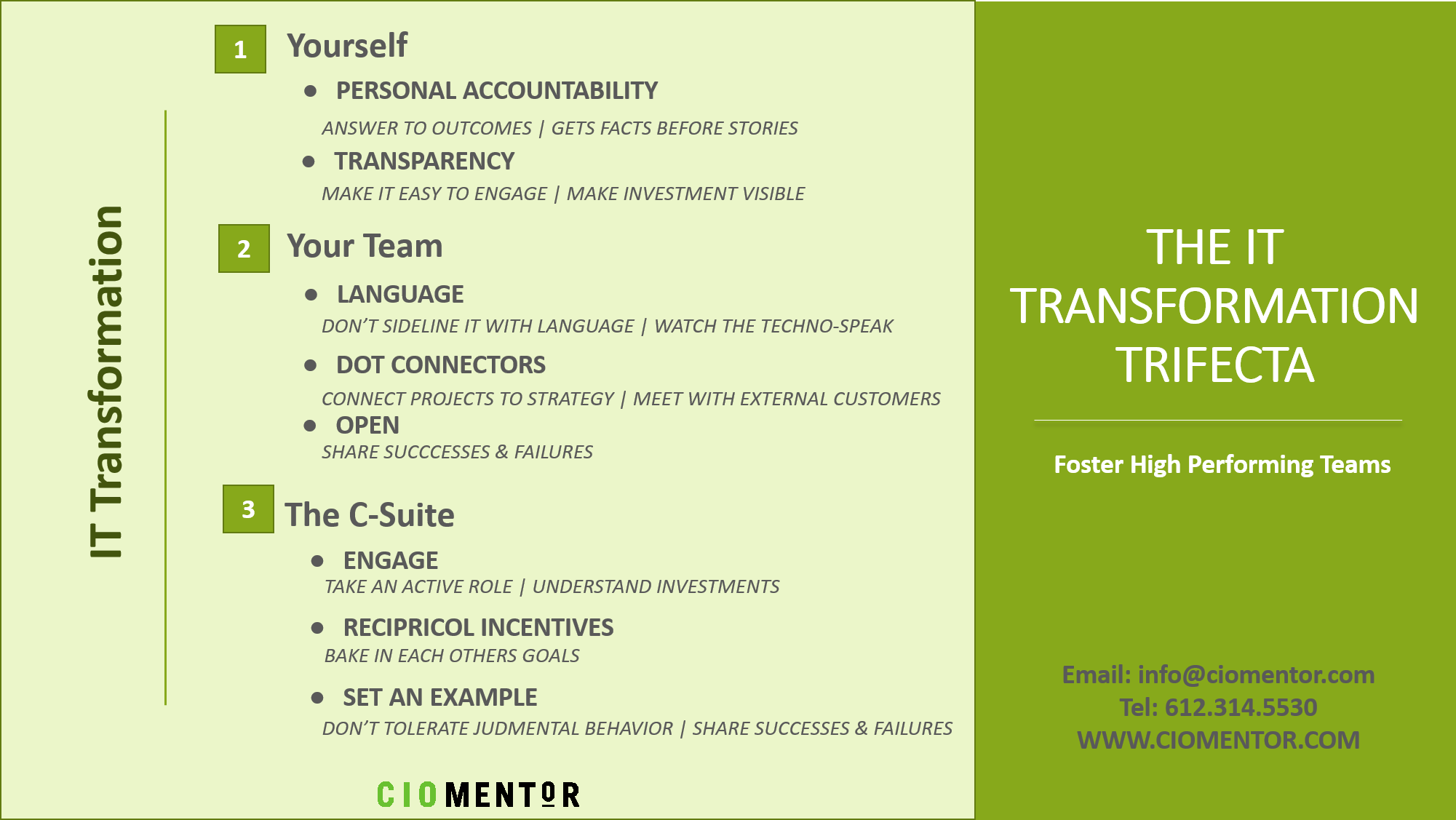

“I generate ideas all the time, and ask AI to do supplements on it,” says Ethan Mollick, an associate professor at the University of Pennsylvania, US, who studies AI and innovation. “There are tremendous possibilities.” For knowledge workers, this could mean creating an outline for a blog and a social media post to go with it, distil complex topics for a target audience, plan a business-trip itinerary in a new city or predict a project’s cost and timeline.įor many users, ChatGPT functions as a sounding board – a tool to bounce ideas off, rather than create them. “You can ask it to generate a tweet to promote your paper,” he adds. In his own field of academia, for instance, he’s seen it test for counterarguments to a thesis, and write an abstract for research. “It can help you brainstorm and generate new ideas,” says Carl Benedikt Frey, future of work director at Oxford University. Along with providing information and answers, it can also aid knowledge workers to analyse and expand their work. One of ChatGPT’s main abilities is that it can function like a personal assistant – given a prompt, it generates text based on natural language processing to give you an accessible, readable response.

BBC Worklife spoke with experts about what to expect from AI now and in the future workplace. And as competing companies rush to launch similar tools, the technology will only get stronger and more sophisticated.Īlthough some workers fear being replaced by AI, experts say the technology may actually have the power to positively impact workers’ daily lives and skill sets, and even improve the overall work economy. It’s already making a splash in hiring with recruiters, who are finding they need to adapt to the new technology. The chatbot, which uses machine learning to respond to user prompts, is helping workers write cover letters and resumes, generate ideas and even art in the workplace and more. This has included workers, who’ve already been touched by the technology, whether they know it or not. The launch of OpenAI’s ChatGPT rocketed generative AI onto the radar of many people who hadn’t been paying much attention – or didn’t feel it was relevant to their lives. The university previously had more than 29 unique IT departments on campus, resulting in inefficient use of resources, fragmentation of work, and duplication of tools, processes, and services, as well as disparity among academic, research, and administrative units with respect to levels of service received.Artificial intelligence has been around for years, but scarcely has it found itself in conversation as much as it has now. Transform IT is the University of Oregon’s program that will rationalize the use of information technology resources on campus to better support the University of Oregon’s strategic academic and research missions. See What is User Support Services? for an overview of USS. User Support Services improves efficiency and support levels for core and common IT services at the UO. USS teams have been delivering IT support since April 2020. The IT support transitions that comprise User Support Services have been completed. For more information about EUA, see the Documents page and all posts about Enterprise University Applications.

That project team’s final report and executive summary are available on this website, along with an overview of plans for next steps. The initial EUA analysis project was completed in July 2020. For more information about the evolving EUA vision and next steps, see our July 13 post. The presentation slide deck is now available. Recent update: A virtual town hall meeting about EUA took place on June 30, 2021.
TRANSFORM IT SOFTWARE
Transform IT’s Enterprise University Applications (EUA) program is a series of projects aimed at transforming software management at the University of Oregon to save university resources and improve services. Transform IT: Highlighted Projects Enterprise University Applications


 0 kommentar(er)
0 kommentar(er)
